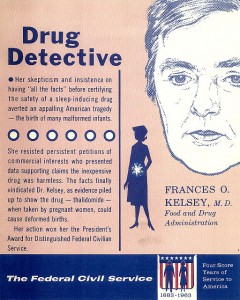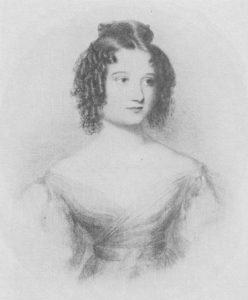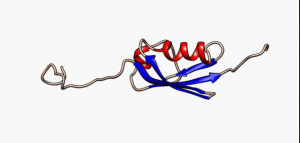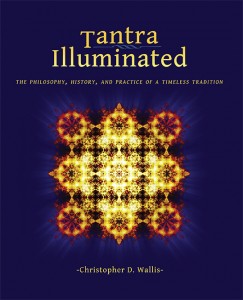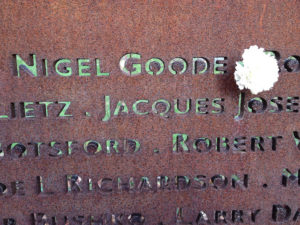Up, up and away: The coolness of vanishing helium
Helium. The supercool supercoolant—the gas that keeps party balloons aloft, carries entire houses all the way to Paradise Falls and turns humans briefly into chipmunks—is vanishing. Leaking out of colourful balloons, helium molecules rise up through the atmosphere and disappear into space. Although it’s one of the most abundant elements in the visible universe, it’s rare on Earth, and a non-renewable resource. Once it’s gone, it’s gone.
Should we worry? Poof! and no more birthday balloons bobbing overhead. Would that be such a bad thing? Well, the ocean life currently struggling with mylar and latex trash might celebrate, but the rest of us could miss this amazing element—it’s much more valuable than just as a filler for gaudy party tchotchkes.
Read More »Up, up and away: The coolness of vanishing helium

![Physician treating a patient. Red-figure Attic aryballos, ca. 480–470 BC. (eponymous vase) (Bibi Saint-Pol, public domain) By English: Clinic Painter (eponymous vase)Français : Peintre de la Clinique (vase éponyme) (User:Bibi Saint-Pol, own work, 2007-07-21) [Public domain], via Wikimedia Commons](https://www.tstmarchive.talksciencetome.com/wp-content/uploads/2015/11/256px-Medicine_aryballos_Louvre_CA1989-2183.jpg)
